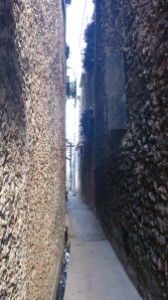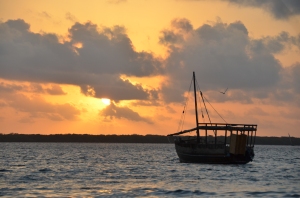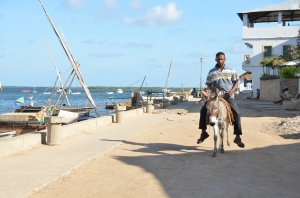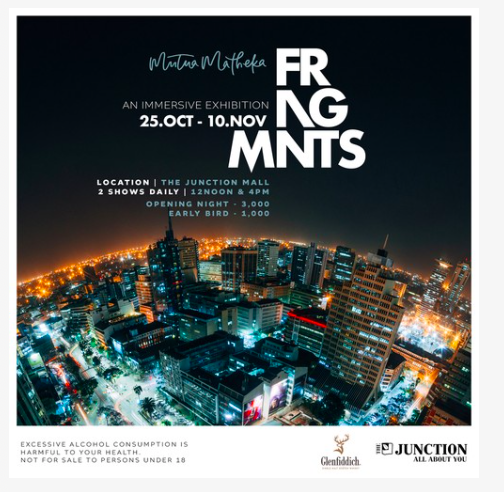There is something about living in Nairobi that often makes us forget the concepts of family and sharing on which this country’s real roots are founded.
The surprising thing is that nearer to the sea, to the cities and towns that have survived capitalism and our five-decade freefall (sometimes tempered with a few glows), one’s faith in Kenya’s ability to be a family is restored. Not even by the open sea or the constant greetings and social warmth, but by this reused 3-litre bottle…
We sat outside a small hotel while waiting for a potential model to report to his place of work. The hotel is on the main street, known officially as Harambee Avenue, overlooking the sea and the jetties. While the rest of #TeamMigz went down the sea barrier to get spontaneous shots, I lagged behind to watch the bags-it reminds me of my first school trip in high school. It was a drama trip, and I was so excited, only to be designated the unofficial security person for the costumes and bags when everyone else was out chasing the sister school. This was different though. We had woken up at 4.30 to get some sunrise shots; the sun rises so early in Lamu, almost as if it is eager to go somewhere. A five-minute video of the horizon would look like a time-lapse video of the orange ball just hurtling its way up the sky.
Anyway, on the table where we had established base, I spotted the reused empty bottle. They were empty when I got there, and probably shouldn’t have attracted my attention. Then I noticed that every few minutes, a passerby stops, checks the bottle, finds it empty, and moves onwards. It turns out that this is the culture in Lamu; almost everyone with a table on the main street places a bottle of water and a plastic cup for any thirst passerby. No cost, no formalities, just a courtesy for everyone by everyone.

Lamu’s famous Old Town’s streets are narrow. If this was anywhere else, I’ldbe scared of what lurks in the corner…
It is not much, and they probably don’t have to, but they still do. Such random acts of kindness, especially where they fulfill someone else’s banal needs at no cost to themselves, are probably the most salient thing missing from our everyday transactions. I pondered over how Nairobi would be such a culture shock for anyone who has been a Lamu resident his entire life since there is no free drinking water, and if there were, no one would drink it.
Lamu is a one big warm family. In our three days here, we have made impromptu decisions severally, at times leaving the first person who approached us with a deal for his friend with either a better one or a better boat. No one ever gets angry; it’s almost suspicious how easily they take it. It’s as if capitalism reached the island in such a mild form that its murderous tentacles are missing from the real natives of Lamu.
Blessed with a calm shoreline and direct access to the high seas, Lamu’s main street is the Central Business District (CBD) with several banks, airline offices, government offices, the donkey sanctuary, numerous shops and hotels, and always teeming with groups of idling men. The men are not really idling, however, as this is the widest street in Lamu and most frequented by tourists. The speedboats tied to the jetties are owned or run by these men here, and once in a while, you will pass a group of men singing together or playing a board game.
The bank aisles are almost empty, and the teller will happily chat with you about why you are in Lamu while she processes your money. No one is in a hurry, except our de facto tour guide and casting director, Cisqo (he is a slave driver this one, sharp and on his bare feet all the time).
I spotted a poster offering a 30*40 plot of land for KES 200, 000, in case your quest to enter the land bubble brings you here. But come only if you promise to visit or live only if you promise to place a bottle of water outside your door.
Owaahh©, 2013.
CaptureKenya Lamu Magical Kenya
Last modified: June 27, 2015


















